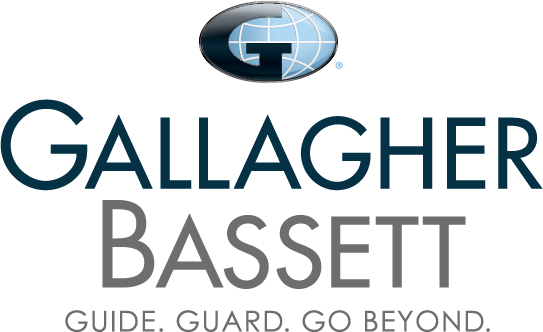Peter Simon was recently featured in AGC Cornerstone about Tenant Protection Plans, which has been featured below and can be found here:
What Is A Tenant Protection Plan?
The past year has seen some significant changes to NYC Tenant Protection Plan requirements. Some of the changes include NYC Local Law 154 of 2017 (known to some as The Tenant Bill of Rights), additional New York City (NYC) Department of Buildings (DOB) start work notification requirements, additional provisions for DOB stop work orders related to tenant protection plans and new DOB forms. These changes have caught some contractors and owners off guard, resulting in unwanted and unnecessary violations, delays that could include stop work orders. Moreover, at a variety of safety events, DOB officials have hinted that the NYC Council is working on additional legislation to beef up tenant protection plan requirements to offset what is perceived as tenant harassment through construction.
Generally, a tenant protection plan captures the means and methods utilized during construction that would protect building occupants from hazards or nuisances associated with construction operations. The NYC Administrative Code calls for the inclusion of specific items in a tenant protection plan such as egress, fire safety, health requirements, compliance with housing standards, structural safety, noise restrictions and maintenance of essential services.
When Is A Tenant Protection Plan Required?
NYC Building Code Chapter 33 Section 3303.10 requires a tenant protection plan for construction operations in occupied buildings containing occupied dwelling units; other occupancy types (such as commercial or public assembly) require an occupant protection plan. Two of the most common scenarios where a tenant protection plan is required:
- Alteration of an existing building with occupied dwelling units;
- A new building requesting partial occupancy (usually a partial temporary certificate of occupancy) while construction operations are ongoing to finish the new building.
4 MUST-KNOW Items
#1 New DOB Notification Requirements – Building owners are now required to notify DOB 72 hours prior to commencement of construction operations that require a tenant protection plan. DOB has created an online portal (see below) for making the required notification. Failure to make the required start work notification is subject to DOB violations such as “failure to notify” and a potential “stop work order”.

#2 Increased Tenant Protection Plan Inspections – NYC DOB has a code mandate to conduct inspections of 5% of buildings with work that requires a tenant protection plan. The 5% inspection quota must be achieved within 7 days after the commencement of the permit work that requires a tenant protection plan. The required DOB inspections are to verify compliance with the tenant protection plan. In the event of a complaint, in a building with work that requires a tenant protection plan, DOB is required to verify compliance with the tenant protection plan.
#3 New Specific Provisions for Stop Work Orders – The NYC Building Code was amended to specifically add a provision allowing for stop work orders in the event that the DOB determines work is not being performed in accordance with a tenant protection plan. Prior to this change there were no specific provisions calling for stop work orders in the event of non-conformance with a tenant protection plan.
#4 New Tenant Notification Requirements – Upon issuance of a permit requiring a tenant protection plan, the owner must distribute or post notices of the work in a form approved by DOB (sample below). At a minimum the notification must include the following information:
- Statement that occupants of the building may obtain a paper copy of the tenant protection plan from the building owner;
- The name and contact information for the owner or owner’s designee and DOB licensed safety manager, safety coordinator or superintendent as applicable;
- Statement that occupants may call 311 to make complaints about the work.
There Are Two Options for Delivery of the Notification to Tenants:
- Distributing a notice to each occupied dwelling unit in the building; or
- Posting the notice in a conspicuous location in the building lobby, as well as on each floor within ten feet of the elevator, or in a building without an elevator, within ten feet of the main stair on each floor.

Contractors working in occupied residential buildings or in other buildings with occupied dwelling units in NYC should take the time to make sure that a tenant protection plan is in place and that the required notifications have been made, in a proper manner, to DOB and building occupants. Although some of the tenant protection code requirements put a duty on the building owner, DOB has been known to write violations to multiple parties that often include the permit holder. The addition of stop work order provisions to the building code for lack of tenant protection plan compliance should garner extra attention from contractors seeking to avoid unnecessary violations and DOB related delays.
For more information on Tenant Protection Plans and other NYC Building Code, contact TSC today.





